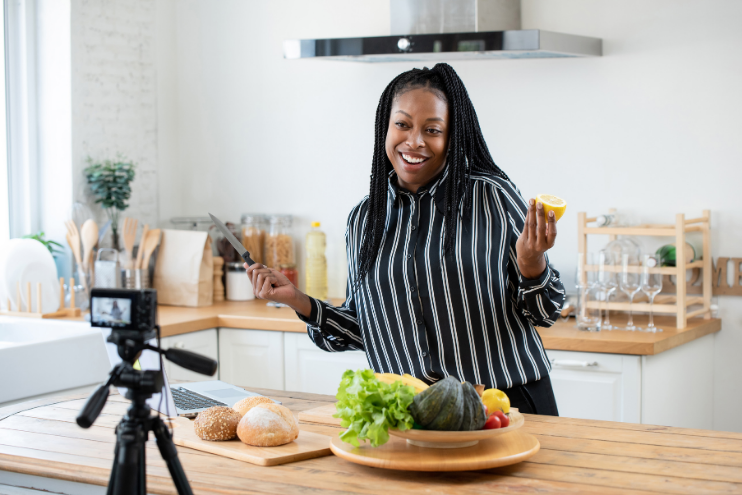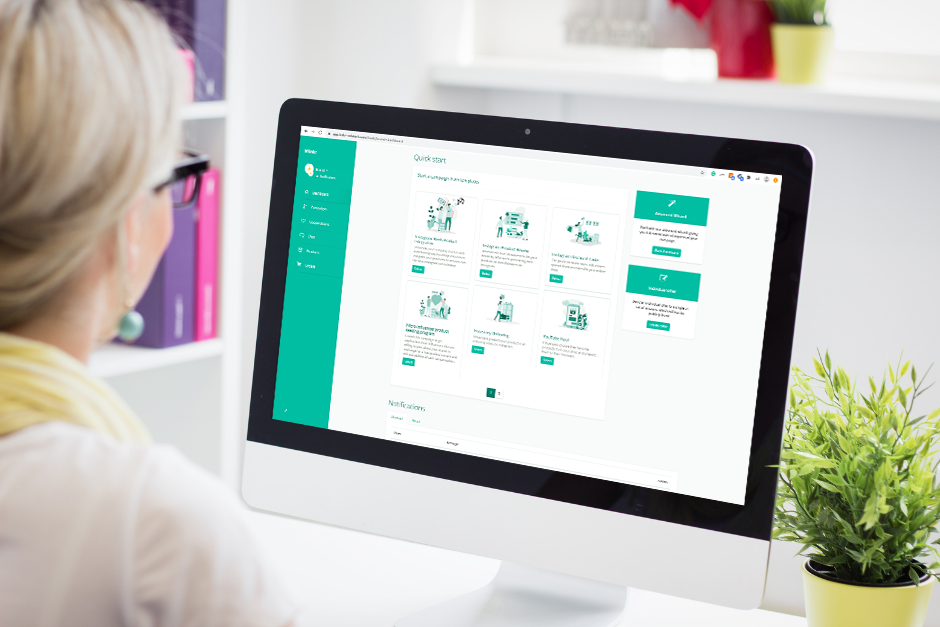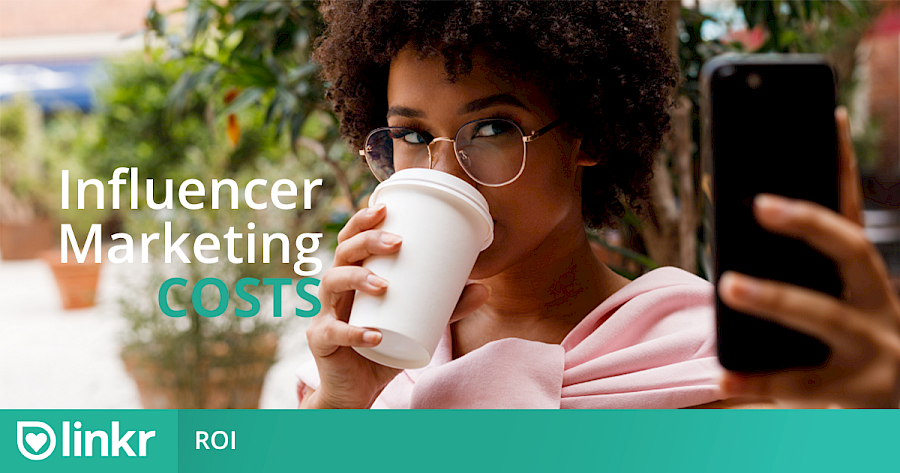Social media has grown into a widely appreciated platform for people to share how they are feeling. Found a new song that touches your soul? Share it on Facebook. Sitting in front of a beautiful view? Post it on Instagram. Came across a funny meme? Reddit is the way to go.
This shows that we have come a long way from having to ask a phone instructor to connect you to a family member living in a different city. Today, you can reach them in less than a second.
Not only has social media made communication faster, but it has also given millions across the globe, a platform to express their identities. Social media allows people to be their authentic selves virtually.
The best part about social media is that it’s highly accessible. From your average Joe to CEOs, you can find everyone on social media.
Today, we’re going to talk about a crucial sector of the economy that social media has helped - the marketing industry. Social media has provided brands with a massive platform for product promotion. Our focus will be Influencer Marketing - an endorsement based marketing plan that helps brands grow their business.
What is Influencer Marketing?

Influencer Marketing has turned into a vital factor for new and upcoming brands. With more and more brands taking their business online, marketing tactics are getting frequent updates.
Until a few years ago, the safest resort to marketing involved conventional methods like advertisements, news listicles, etc. However, with the growth of technology, market trends have undergone a complete makeover.
Today, even well-established brands use digital marketing to promote their products. Influencers play a huge role in this crucial step of running an online business.
In the olden days, brands relied heavily on celebrity endorsements for promotional sales. Why? Well, the idea is to get people to buy products because a celebrity is promoting them. Why would people buy a product just because it has a celebrity name attached to it? Because it adds a touch of credibility to the products, which further establishes the brand name.
That’s the premise of Influencer Marketing. It’s the perfect amalgamation of advertisements and celebrity votes.
As a brand, you will be paying influencers to put in a good word about your products to their social media audience.

However, whether your product is a good fit for their platform is a decision that lies entirely in their hands.
While this has made things incredibly convenient for new brands, a lot of conflict arises from the concept of Influencer Marketing. Most of it is regarding influencer marketing costs.
After all, how much do you pay someone for advertising your product? Is there a limit? What are the deciding factors? Let’s find out!
How Much Should You Pay Influencers?

Hiring an influencer can cost you anywhere from $10 to $1 million for each post. While this largely depends on the size of the influencer’s following, it also relies on the platform of promotion. For example, influencer costs on TikTok are different from influencer charges on Instagram.
linkr mainly focuses on influencer marketing tools that can be used on Instagram and YouTube.
When we talk about influencer marketing, we can’t neglect the concept of cooperation pricing. As influencer marketing took off, businesses were skeptical about whether there was going to be fixed rates. Because of its relatively atypical outlook, people who had already invested in influencers were scared of how their pay will be adjusted.
While influencer marketing has been around for a significant amount of time now, there is no simple, fixed formula for deciding how much you should pay influencers. There is an unwritten rule that states that a following of 10K is worth $100 for each post, however, that's more a high-level, theoretical concept rather than something you can really apply in practice.
It has helped develop a sense of cooperation pricing, but it’s not that black and white. There are several essential factors need to be considered when working out a payment plan for influencers.
Let’s look at some factors that can help you decide how much to pay an Influencer:
1. Engagement Rate and Platform

Engagement rate refers to how much of the influencer’s total audience is actively interacting with their posts. Before you fix your payment plan, remember that if an influencer has 10K followers, all of those 10K people are not going to engage with their posts. The engagement rate of an influencer post depends on the content quality. An endorsement post written in shabby language won’t receive as much attention as a well-written one.
If an influencer dedicates time and creativity to promote your product, then there is a high chance of heavy engagement from their followers. While selecting an influencer for your business, it’s important to consider whether they put effort into creating their posts. If not, you may as well be wasting your money.
The engagement rate is calculated by combining a total of likes, comments, and shares. This sum is divided by the total number of followers. The outcome of that equation is multiplied by 100 to calculate the average engagement rate of the influencer.
For example, a particular influencer post receives 2000 likes and 256 comments. Let’s say that the influencer account has 85,000 followers. This means that the engagement rate for that specific post is 2.65%. Similarly, if the said account has 85,000 followers, then you can easily figure out how many of their followers interacted with the post. In this case, it is 2,256 engagements.
Remember that you can’t decide whether an influencer is right for you by looking at just one post. Make sure that you consider at least the last 30 posts by the influencer to calculate the average engagement rate.
Much like the engagement rate of the influencer, the platform they use also plays an important role in devising a payment plan. Instagram, YouTube, TikTok, Facebook - all these platforms have different values attached to them. Due to the comparatively high production cost of a video, a YouTube influencer will charge more than an Instagram influencer.
2. Performance and Deliverables

While you can calculate the average engagement rate of an influencer post, you can’t predict how their endorsements will perform. If we look at Instagram in particular, there is a possibility that an influencer with a non-impressive following has a higher engagement rate on stories than an influencer with a significant number of followers.
Similarly, with YouTube, there’s no way to predict how many views an influencer video will get.
Furthermore, you have to decide what’s going to be the mode of promotion. If you’re hiring an Instagram influencer, are you going to ask them to focus primarily on stories or posts? A post could include ten different photos, so will you be paying them a separate price for each photo? You could also create an influencer contract wherein the endorsements include both posts and stories.
3. Industry and Content Quality

Several industries in the market bring a heavy turnover, while others don’t. This means that the industry with a bigger market will typically have more influencers, driving their average price down.
As we mentioned earlier, content quality is incredibly important when it comes to influencer marketing. While this mostly depends on the influencer, you have to account for any special equipment needed to create a post.
4. Exclusivity

This is a crucial factor. Marketing your products as a new brand is difficult because you compete with several other brands who are doing the same things as you. So you have to ask yourself whether other brands can make an appearance on the influencer post.
5. Timing

It’s difficult to coordinate every detail with the influencer, so you may have to allow them to work according to their schedules. However, if it’s a time-critical task and there’s no wiggle room, then they can ask you for a little over the average influencer costs.
6. Product Samples

The premise of this is simple. You send the influencer a product sample, and they plan their review accordingly. While this is a general rule of thumb, it can vary across different industries. For example, if you’re promoting a hotel and require the influencer to create an Instagram post from the hotel room, then you would have to pay for their stay.
Furthermore, if you want them to promote a particular feature of the hotel, like the spa, you would have to pay for that as well. The final payment of the influencer has to account for these factors.
7. Number of Co-operations

Lastly, how many influencers do you want to hire? Some brands hire ten influencers with 10K following each, also known as micro-influencers. Others may hire celebrities with a large following, also called macro-influencers. The amount of money you will be paying depends on which way you go.
Macro influencers, or high-end celebrities, generally charge a hefty sum for influencer marketing. This is because of their huge following. Cooperations with micro-influencers, on the other hand, are a lot more affordable.
This is why micro-influencing is widely preferred over macro-influencing, especially by small and relatively new brands. In addition to being more accessible, micro-influencers also tend to perform better.
Of course, depending on the account and the platform, countless additional factors play a role. In simple terms, however, it can be said that the more followers an account has, the lower the engagement rate for the published posts.
Conversely, does this mean that it would make more sense to work with ten influencers with around 10k followers than with one influencer with 50k followers? Of course, there will always be individual cases where this calculation doesn't work out, but yes, this conclusion is basically correct.
How can linkr help?

Here at linkr, we help brands maintain cooperations. We understand that building a successful online brand doesn’t happen overnight. It requires a lot of zeal, and we want to help you focus on building your brand while we crunch the numbers for you.
While it’s absolutely possible to assess all the data referred to above for a single influencer by looking at a series of posts, getting additional insights from the influencer by reaching out and asking if they’re willing to provide them, crunching some numbers,... efforts involved quickly get out of hand, considering that you’ll have to vet several influencers to find the right candidate for a single cooperation already.
The overhead required to assess candidates for multiple cooperations typically kills your ROI. Our platform makes it easier to create influencer campaigns and find the right influencers for your business.
You can maintain a healthy relationship with your influencers, while linkr helps you keep track of factors like individual cooperations, amount of cash spent, product samples, etc. In simple words, linkr enables you to build trustworthy cooperations between brands and influencers.
Not only will linkr enable you to create a valuable relationship with influencers, but it will also aid effective payment structures. Our goal is to help you make influencer cooperation pricing plans with the help of different compensation strategies like fixed, performance-based, sales commission, etc.



